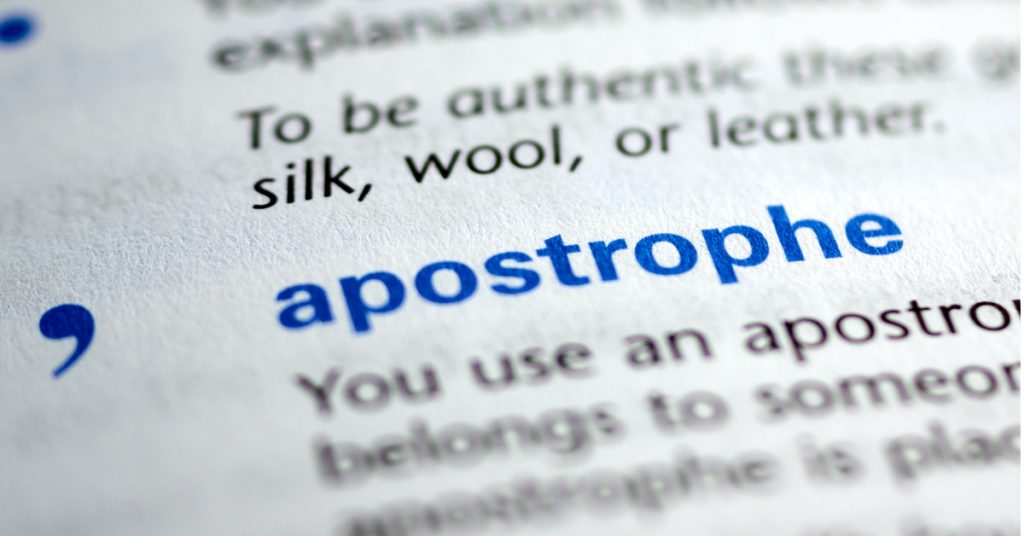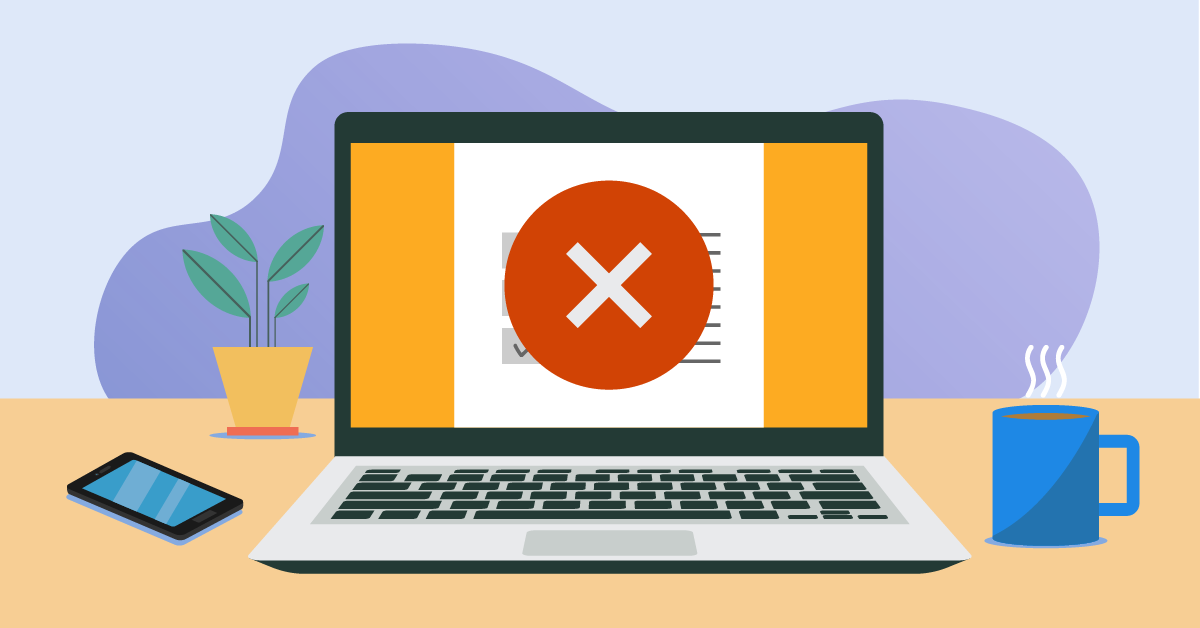What Are Possessives?
A possessive is used to display an item’s ownership. Some questions on the SAT® exam will ask you about possessive nouns and possessive pronouns. Here is what you need to know:
Possessive Nouns
Displaying a noun’s ownership is quite simple.
If the noun is singular, all you will need to do is add an apostrophe and an “s” to the end of the word.
Example: The movie’s ending was surprising.
If a noun is plural and does not end in “s,” you will do the same thing.
Example: The women’s basketball team won the championship game.
If a noun is plural and it does end in “s,” all you need to do is add an apostrophe to the end of the word.
Example: The parents’ cars are all parked in the parking lot.
Tips
1. Indefinite Pronouns and Possessives
Watch out for indefinite pronouns like “something,” “nobody,” “few,” “both,” or “any.” Indefinite pronouns come in singular and plural forms, and they must agree with the possessive nouns they describe. Be sure that the indefinite pronoun is in agreement with the possessive pronoun.
A singular indefinite pronoun (hint: look for words that end in “-body” or “-one”) needs to agree with a singular possessive. Here is an example:
Here is an example:
Everyone needed his or her water after the game.
A plural indefinite pronoun (like “many,” “others,” or “few”) needs to agree with a plural possessive.
Here is an example:
Many employees lost their jobs.
2. Find Out if a Noun is Possessive or Plural
You may encounter a word that ends with “s” and struggle to determine whether it is a plural noun or a an apostrophe error. To determine if a noun should be in the possessive form, ask whether the noun in question holds a position of ownership.
Here is how that process would look:
Example: The movies ending was surprising. The ending belongs to the movie. The words “ending” and “was” are singular. “Movies” is not plural.
Therefore, the word “movies” is missing an apostrophe.
The movie’s ending was surprising.
3. Be Sure the Apostrophe is Has Accurate Placement
You need to find out if the possessive noun is singular or plural. This step is crucial to place the apostrophe accurately. You will need to look at the context of the sentence or surrounding sentences to decipher whether the noun in question is singular or plural.
Example:
Many students grades were high this semester.
Since the students are described as “many,” we can infer that “students” is plural.
We can also rearrange the sentence to decide which noun is in a position of ownership.
Many of the students grades were high this semester.
This step displays which noun should be possessive. In this example, “students” is the possessive noun.
Since it is plural, here is how the apostrophe should be placed:
Many students’ grades were high this semester.
4. Check Your Use of Apostrophes for Tricky Nouns
As noted above, nouns that are singular or plural nouns that do not end in “s” (like children, men, moose, feet, sheep, people, fish, etc.) should be followed by an apostrophe “s.” “Children’s,” “men’s,” and “feet’s” are possessive forms of plural nouns that do not end in “s.” “Dog’s,” “girl’s,” “shoe’s,” “John’s” are examples of the possessive forms of singular nouns. For plural nouns that end in “s” (like boys, shoes, houses, watches, cars, etc.), add an apostrophe to the end of the word. “Boys’,” “shoes’,” “houses’,” are all possessive forms of plural nouns that end in “s.”
5. Know the Difference Between a Contraction and a Possessive
Some possessive questions may be more confusing with the option of a contraction. Some possessive nouns or pronouns are easily confused with contractions, like “it’s.” Knowing the definitions and the breakdowns of common contractions is important. To simplify these questions, note the words that make up the contraction and see if they could logically replace the contracted word. If an apostrophe is being misused, the parts of the contraction will not make sense as a replacement, and you will have to make an adjustment.
You can practice these tips for possessive and apostrophe questions by using UWorld’s SAT Prep Course. Our practice exams, detailed question explanations, and performance tracking tools can provide you with valuable experience and study tools for the SAT exam. You can also find out more about your weak points through these resources. Try them out to practice and perfect possessive and apostrophe questions!




